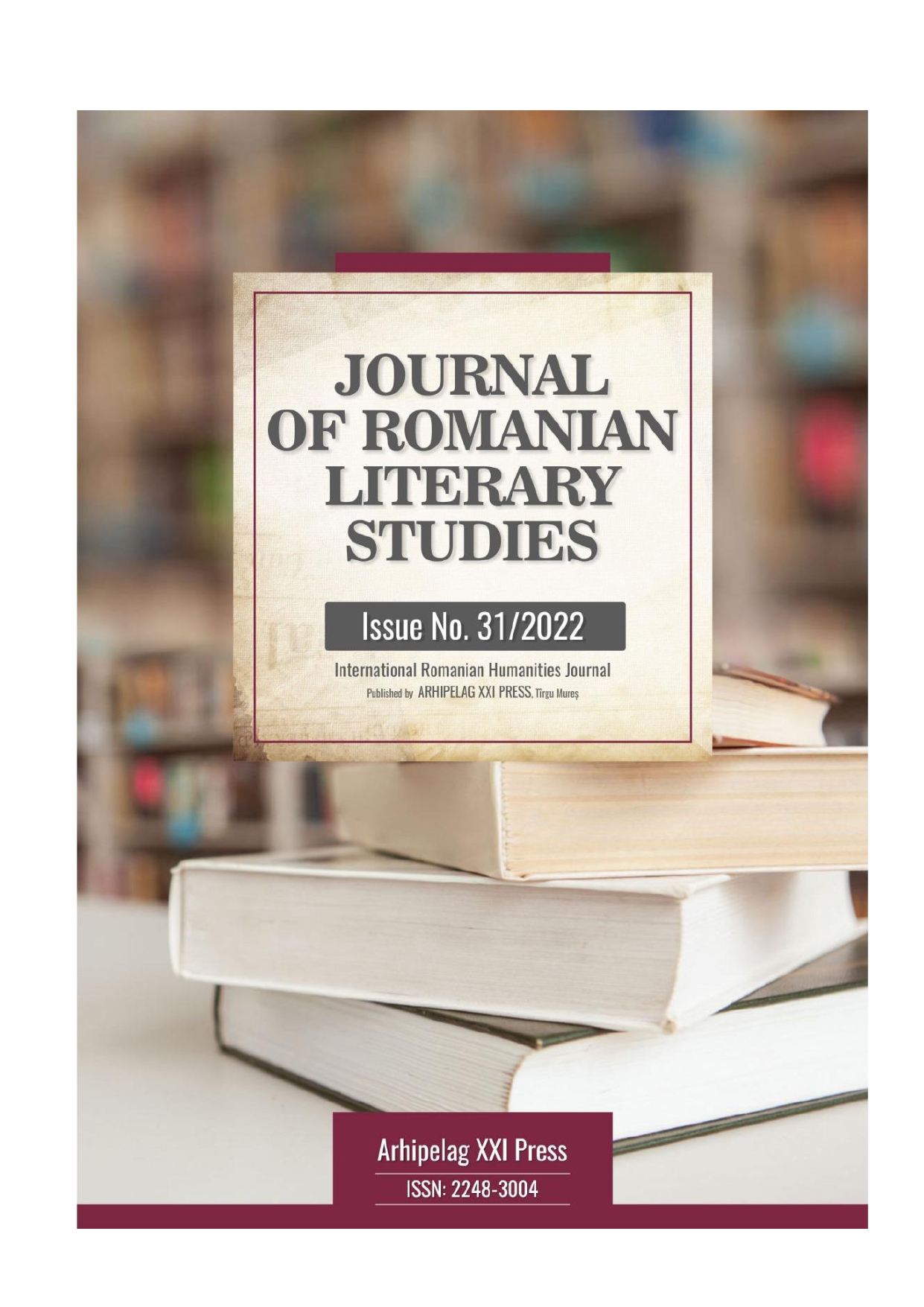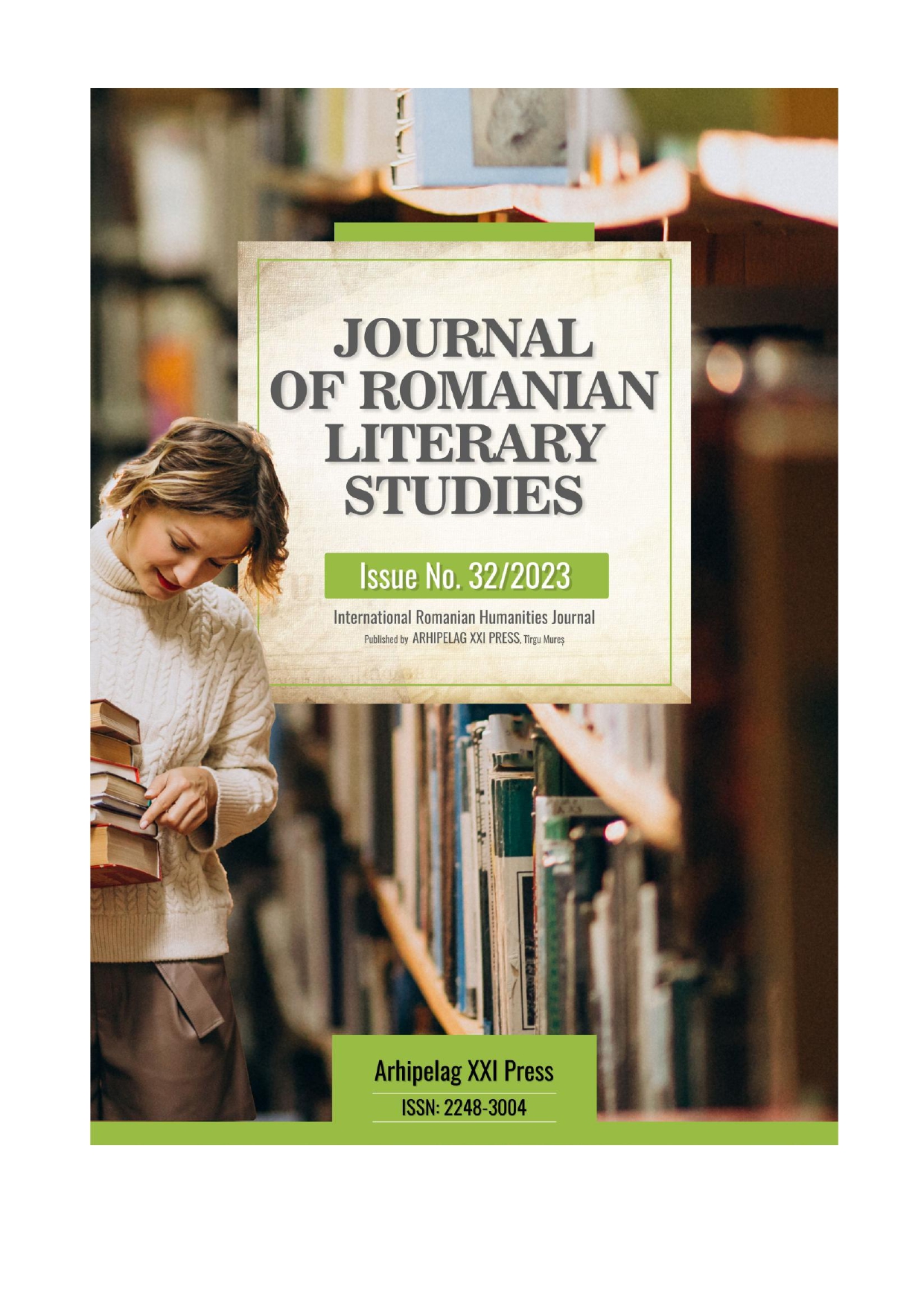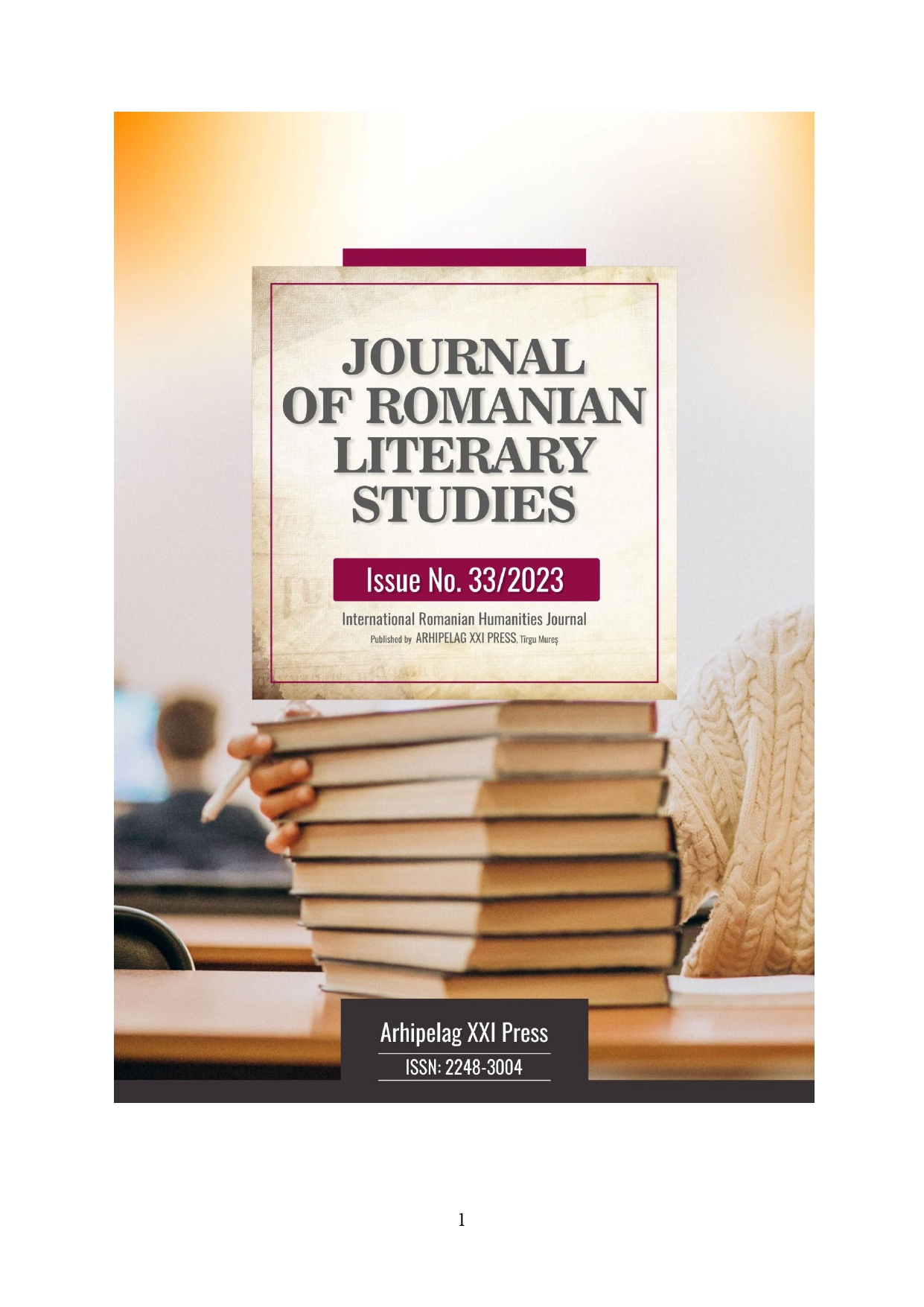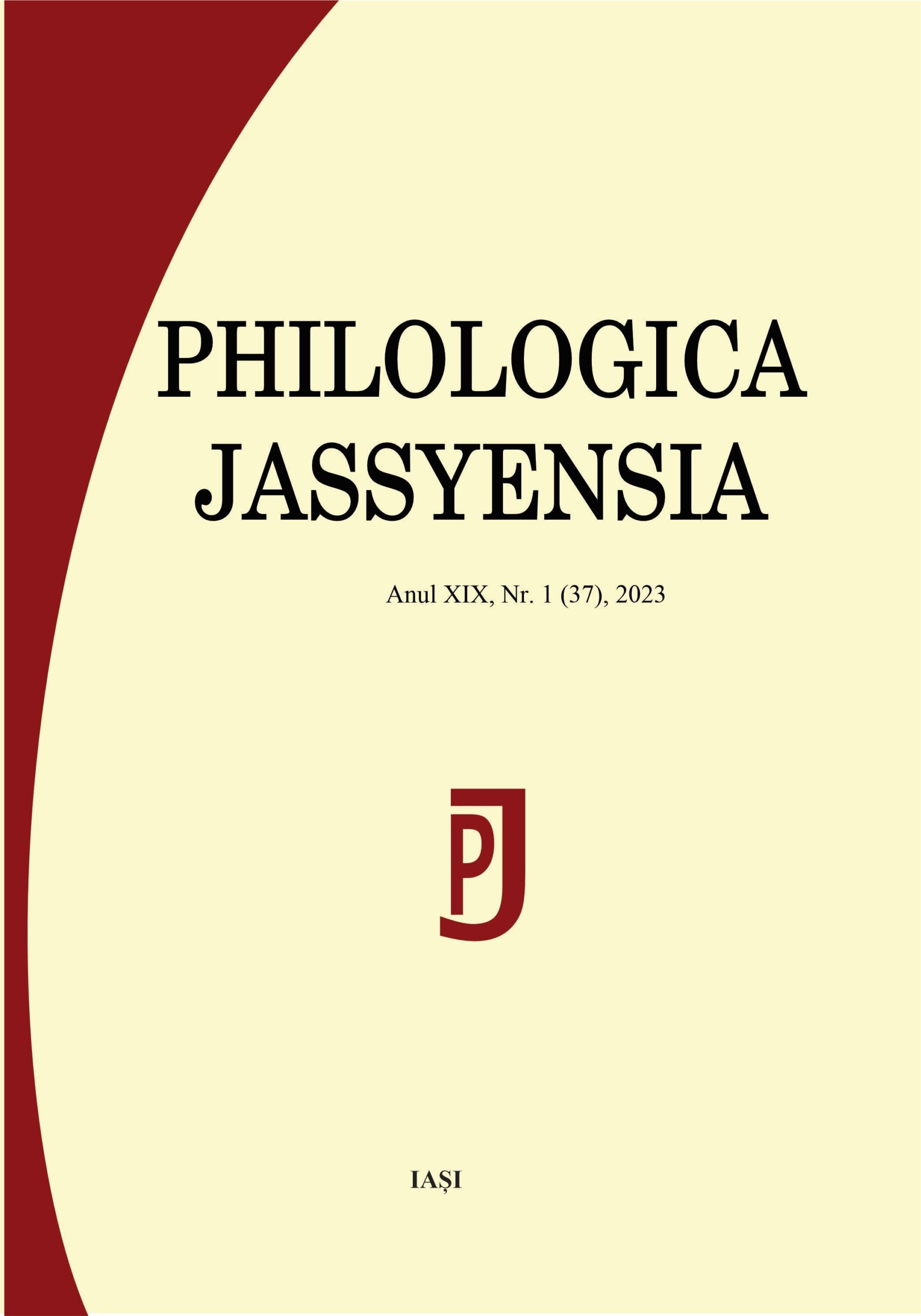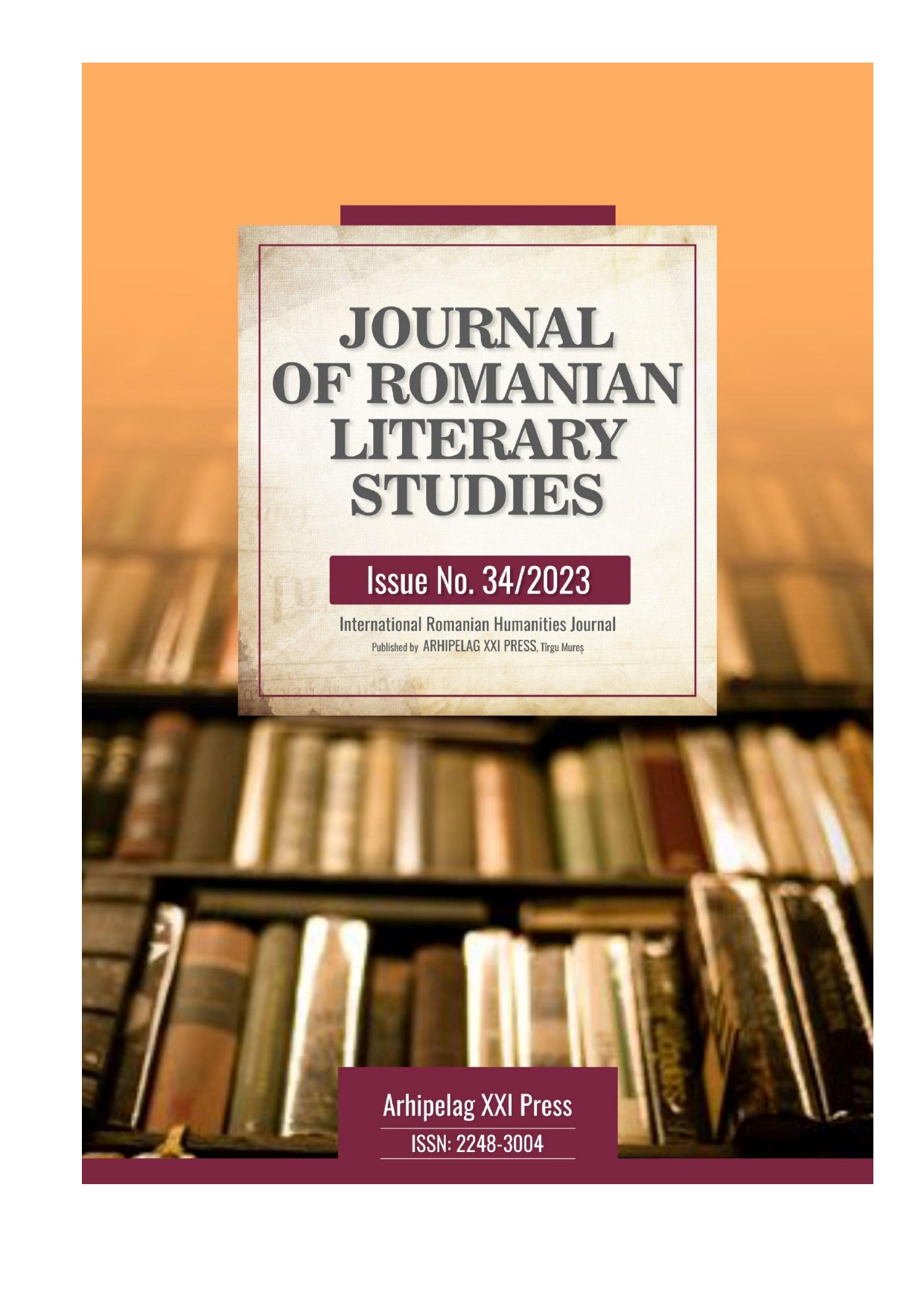Author(s): Ionela-Maria Zegrean / Language(s): Romanian
Issue: 31/2022
In literature, the notion of identity was much studied and approached by the critics of the time. As proof, we have the opinions of some authors who believed this concepts was outdated, considering it to be "one of the purest cliches". In my opinion, identity was and will remain a key point in the analysis, interpretation and understanding of a society from a certain period, as this allows a reflection upon its evolution. In this context, through this essay, I propose to address this concept as a result of the identity transition that affected the post-decembrist Romanian area. I will focus this entire approach on the analysis of three works, considered essential in defining the term, namely Blazare, which belongs to the writer Petre Barbu, Adio, adio patria mea cu î din i si cu â din a by Radu Pavel Gheo and, last but not least, Venea din timpul diez by Bogdan Suceava, around which the identity problem gravitates under the following coordinates: temporal, spatial and value-social. Although the thematic foundation of the works is the same, the novels being a satire to the Romanian society escaped from drastic political system, their contents differ. Each author points out certain critical aspects of society, which they ironize, combining them, to some extent, with the fantastic, the aim being to present the reader with a world that existed and still continues to exist, through the mentality of the people formed in that period, but a mentality that still tends to readjust to a modern climate. Under these conditions, the term can be defined as o continuous struggle between the desire to be and the reality of not to be.
More...
